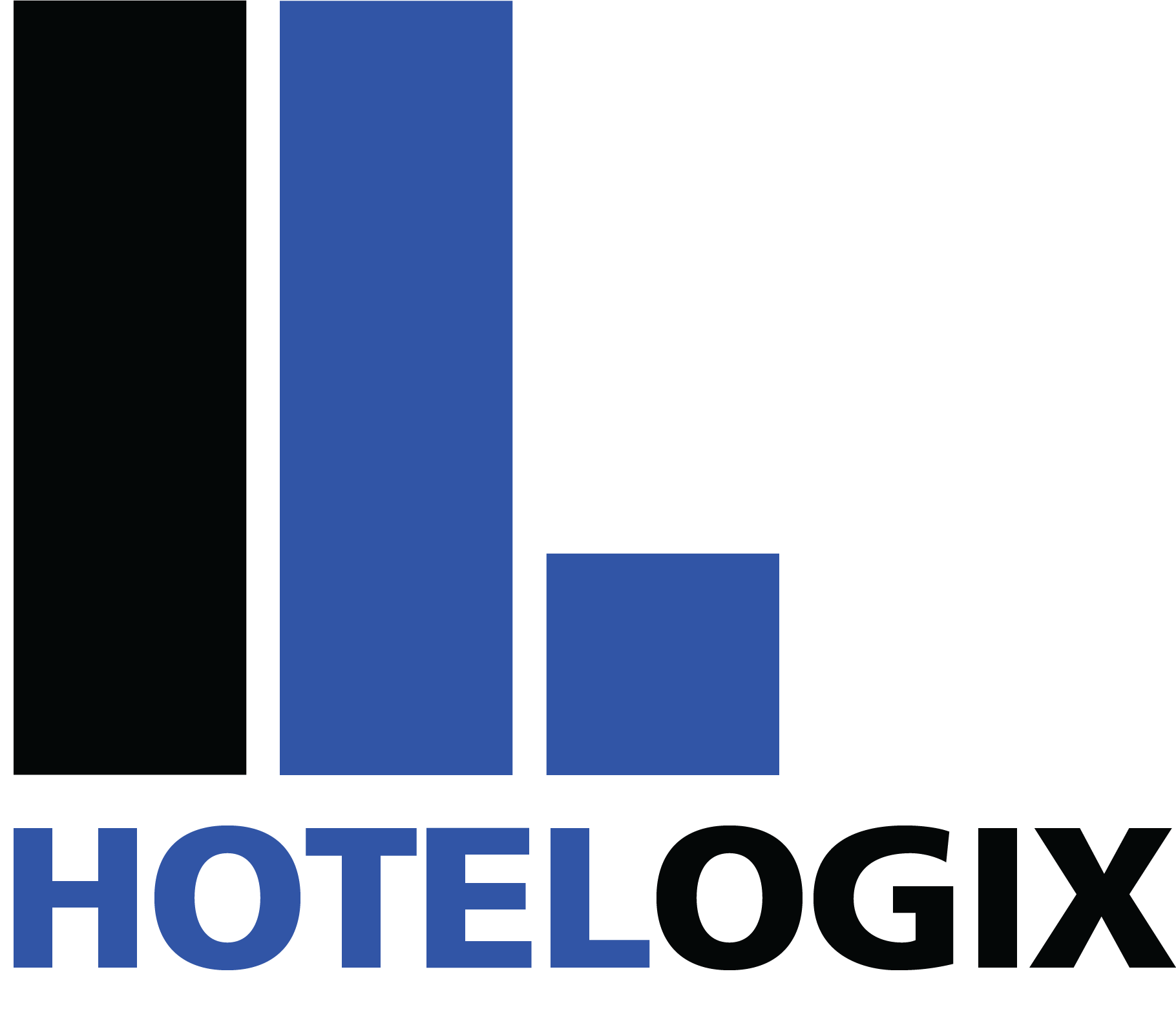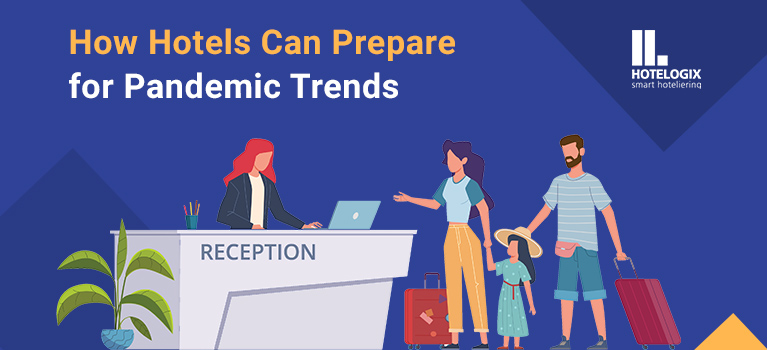It seems as if the future of travel has become dependent on pandemic trends. Over the last two years, changes in the travel and tourism industry have primarily been Covid-focused, with new attention being paid to remote variables and contactless benefits.
The constant cycle of lockdowns and reopening has become a recurring theme as we enter another post-Covid situation as the Omicron variant becomes less of a factor. Another rebound presents another opportunity for the hospitality industry to bounce back. However, preparing for these rebounds requires an element of prediction and forecasting as the future of the travel industry remains uncertain.
Anytime a travel ban is lifted, occupancy rises in the hospitality industry. This article will examine Coronavirus and future travel in relation to the hospitality industry.
What can hotel owners do to prepare for changes in the travel industry?
Intelligence Regarding Your Market
There are two important questions that corporate members of the hospitality industry must ask themselves when cases rise, and travel slows down.
- When will people begin to travel again?
- How has the pandemic changed the psyches of travelers? What do they expect, and what special requests do they have?
Using market research and relevant data will generate some answers. However, factors like infection rates, vaccinations, border entry requirements, and bookings in an uncertain state, are also necessary for hotels to track trends; use solid sources to generate strong planning.
For example, locations like the Bahamas, Bermuda, and the Cayman Islands rely heavily on American tourists. Hospitality teams in the region are in constant dialogue with colleagues in the United States to get the inside scoop on American market intelligence.
These are a few of the things they uncovered:
- There’s a strong demand to restart tourist travel coming off the heels of a lockdown or slowdown.
- Safety is the most important element regarding travel destinations, followed by flight availability and travel restrictions.
- Cruise ship bookings are strong thanks to the 50+ demographic that’s heavily vaccinated.
- Business travel trends are taking a different form. There are a lower number of trips but longer stays. The desire to fly is lower post-pandemic because of the rules and risks associated.
Risks and Rewards In the Travel Industry
Destinations that come out on top post-pandemic are those that can rebuild air travel quickly and make it easy for tourists to visit. Having strict travel rules in comparison to easier areas can cause a disadvantage.
When it comes to governments, it’s a matter of weighing their options regarding the need to reopen travel or stop the spread of Covid. Finding an appropriate balance is a challenge in a world that moves at a rapid pace.
The islands mentioned above faced strict lockdowns and quarantine requirements. Places that opened back up to tourism implemented testing strategies, including pre-arrival tests and further testing at certain intervals. The testing requirements have been eliminated for vaccinated guests.
Data has shown that islands that imposed the most restrictions regarding travel have seen the largest drop in visitors but lower numbers of Covid. This type of strategy appeals to more safety-conscious travelers before a rebound occurs.
The downside of the strict approach is a large decrease in hospitality-sector revenue and more business closures. Foreign hotel workers left in droves and replacing them will take some time. Because of this, hotels and governments have increased local involvement in the hotel industry to meet the demand during a rebound.
Areas with higher vaccine rates may market the opportunity for more freedoms and fewer restrictions. This allows guests to get the most bang for their buck during their visit.
Post-Pandemic and the Travel Industry
Ways we travel can’t be viewed through the same lens anymore. The looming impact of the pandemic means that travelers think harder about where they vacation, and often have new expectations and demands.
The messages you send must be fine-tuned to accommodate this changing mindset. Areas of travel need to position themselves as safe and secure, easy to access, and clarify their Covid travel rules that are appropriate. Travelers are going to avoid places that are too disruptive to their travel plans.
Visitors may flock to countries that appear safer than their own. The safety element can be pushed in combination with other highlights of the area. Things like food, golf, and history combined with a focus on wellness will allow hotels to benefit from the desire to escape the confines of home.
The tourism decline provides areas with an opportunity to rethink and adjust their brands to meet the requirements of the post-pandemic traveler and appeal to a wider audience. For example, areas that are normally high-end can expand their market by advertising lighter luxury options.
These are stylish and modern accommodations but not necessarily top of the line. This allows them to appeal to a much wider and younger audience.
Making the Travel Industry Future-Ready
Disturbances in the travel industry caused by Covid have led to a significant revenue drop for many travel-related organizations. During the initial period of lockdown, the average hotel occupancy rate was between seven and 26%. This called for a review of finances, capital structure, and overhead to assess how the pandemic affected business.
With subsequent rebounds on the horizon that are disturbed by shutdowns because of mutations and outbreak levels, management can examine the following areas:
- Visitor profiles. What demographics stay at your hotel? What area are they from? Is it primarily business or personal reservations?
- Networks. Routes to market are critical, and the ability to tap into larger networks like global outfits and rewards programs is an advantage for reaching tourists who have multiple travel options.
- Revenue profile. On-site sources of income may be explored, like restaurants and other opportunities.
- Staff profile. This includes the relevant numbers and type of staff, as well as assessing employee housing options.
- Energy costs. Electricity costs are critical when it comes to overhead. Use renewable energy sources and reduce consumption by using LED lighting. Additionally, upgrade outdated AC units.
When you’re facing something as unpredictable as a pandemic market, you have to be creative. You also have to leverage data in the right way and be efficient at predictive elements. However, one of the benefits that exist is that this levels the playing field. We’re all kind of playing it by ear.
If lockdowns and rebounds continue to trend for the foreseeable future, eventually, longer-term data may provide a clearer picture of a solid overall model. However, until that time comes, it’s everyone’s guess and risk vs. reward.
This article was originally published on partner sites.

